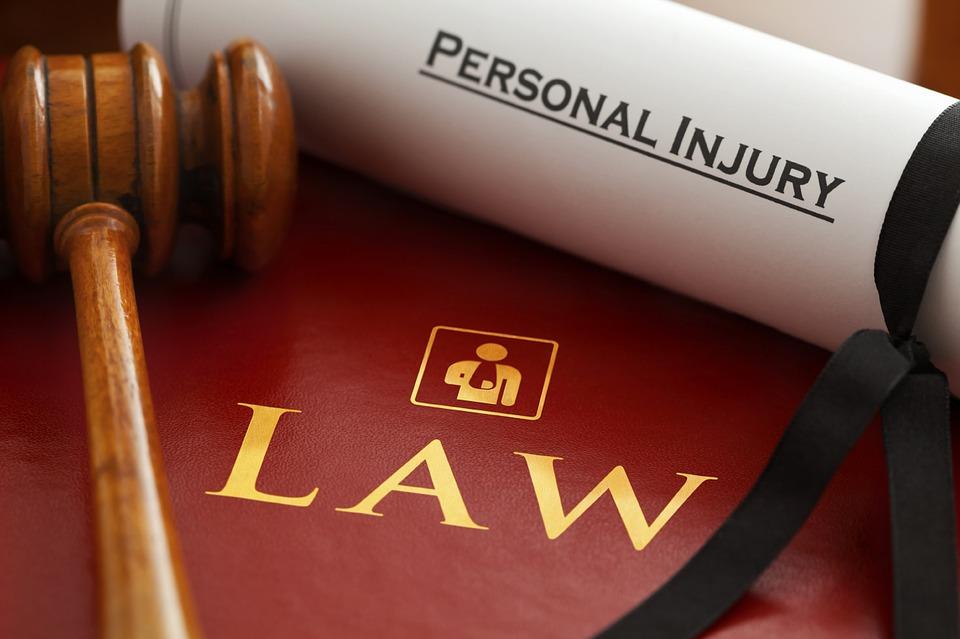A personal injury as defined by the Common Law is a traumatic incident that causes the victim physical, psychological or emotional damage, irrespective of the intent of the offender. Federally, Section 810 of the Canadian Criminal Code is the provision responsible for formulating guidelines regarding the safety and welfare of victims of personal injury and the process of prosecution for offenders.
Physical or psychosomatic injuries that are a direct consequence of motor vehicular collisions are common examples of personal injuries which are indictable and lead to the prosecution of the wrongdoer. However, determining the legal liability in a personal injury claim depends primarily on the proof of negligence and the degree of liability of both the parties involved. Outlining this proof is crucial for victims to ensure that they receive a reasonable settlement for their damages.
Here’s a closer look at the elements of a negligence claim to determine your liabilities better:
1) Presence of a Duty
This is a key parameter for determining the respondent’s fault in a personal injury claim. The liability can only be proven by establishing the presence of a duty and its breach thereafter. A duty is a relationship between the victim and the offender recognizable by a jury or a judge in a court of law.
Setting up of this duty makes the party at fault legally liable for the safety of the victim in some form or another. The obligation of a driver to ensure the safety of pedestrians traveling on the footpath or the responsibility of a business owner to provide a sound environment to work in are common examples of the presence of a duty.
2) Breach of a Duty
Post the setup of the presence of a duty, the degree of fault of the offender is determined by the breach of the supposed duty. If the conduct of the respondent is found reasonably negligent towards the victim, a breach of duty is established. Driving a vehicle on the wrong side of the road or above the designated speed limit which directly serves as the cause of the accident leading to personal injury of the victim is considered as a breach of duty on the part of the driver.
3) Proof of Direct Causation
In order to prove the fault in a personal injury claim, the breach of duty committed by the respondent should be the direct causation for the accident. To establish the cause of the injury was a direct result of the offender’s actions, a ‘but for’ rule is usually utilized. The claimant needs to establish that the accident would not have taken place but for the defendant’s breach of duty.
4) Nature and Extent of Injuries
The concluding element of an injury claim is the proof damages. The claimant needs to establish whether the accident lead to personal injuries and the extent and nature of these damages. Depending on the severity of these damages and their impact on victim’s quality of life, a skilled personal injury lawyer can help the claimant negotiate a reasonable settlement.
Defending a personal injury claim and determining the legal liabilities of the parties involved can be a difficult task for every victim. To ensure your lawsuit is represented effectively and settled with a satisfactory compensation, book an appointment with our legal experts today.

